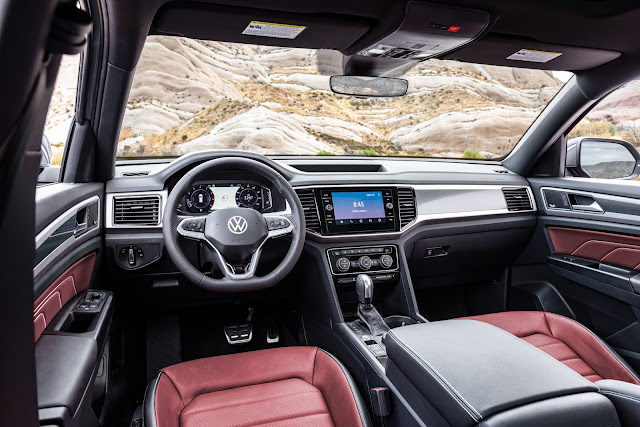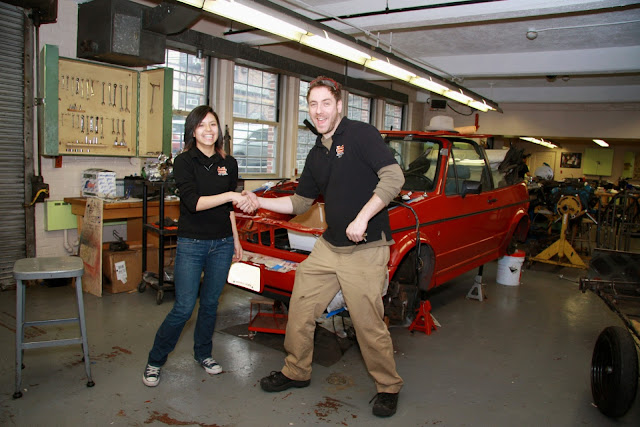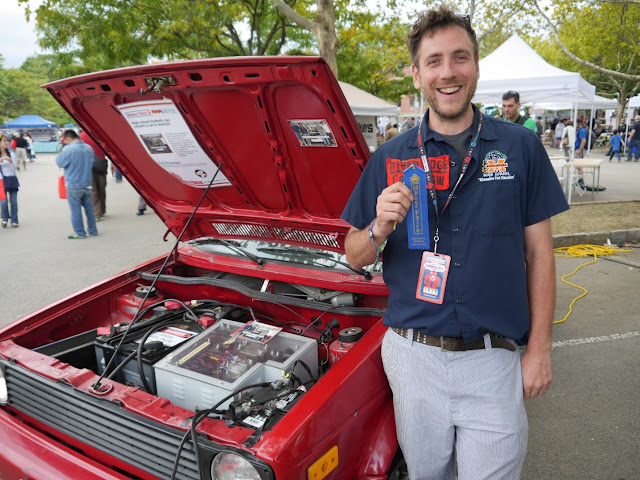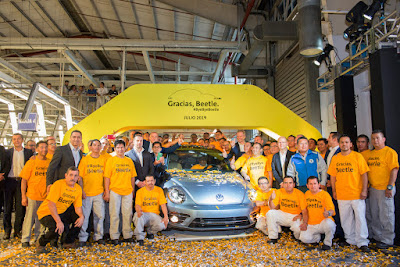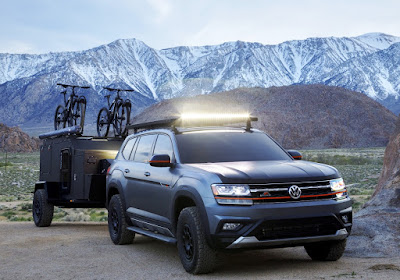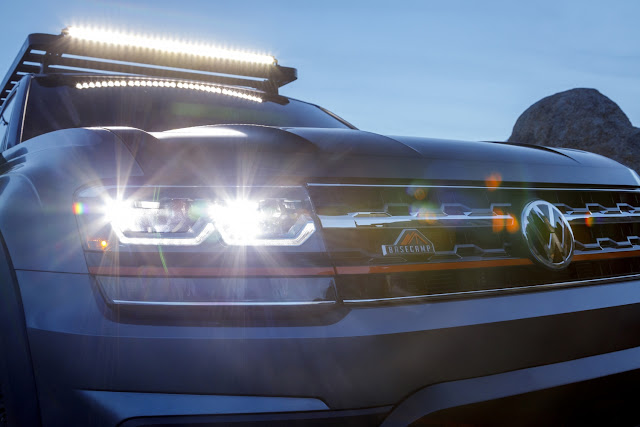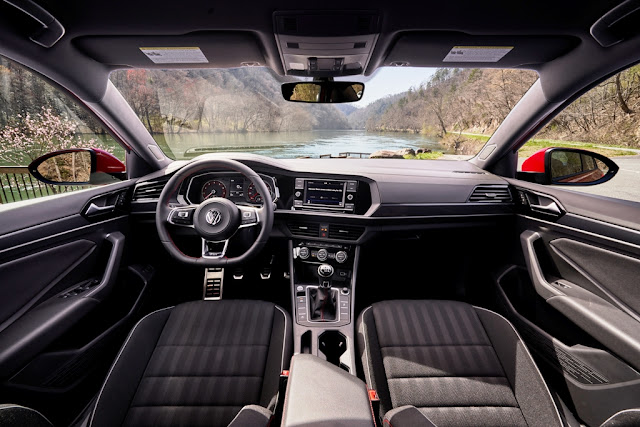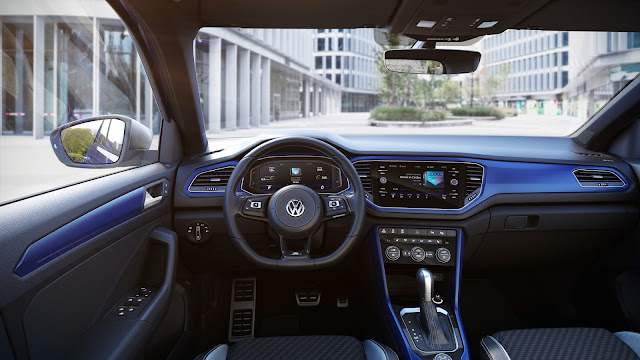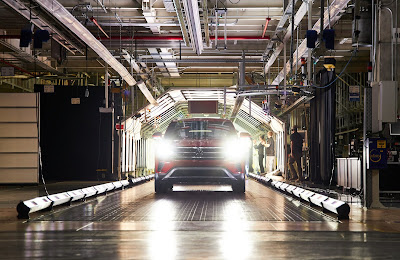
2020 Volkswagen Atlas Cross Sport Dynamic Test drive inside and advancement
Classy five-seater form of the Atlas is first product of Volkswagen's bending over technique in the North American SUV showcase Worked in America for Americans, Volkswagen Atlas Cross Sport speaks to a $340 million extra interest in the U.S. Emotional, car like plan, exceptional inside space
Classy five-seater form of the Atlas is first product of Volkswagen's bending over technique in the North American SUV showcase Worked in America for Americans, Volkswagen Atlas Cross Sport speaks to a $340 million extra interest in the U.S. Emotional, car like plan, exceptional inside space
Volkswagen of America, Inc. disclosed the all-new 2020 Volkswagen Atlas Cross Sport at the organization's cutting edge manufacturing plant in Chattanooga, TN today. The five-seater moderate size SUV includes a sensational, car like plan just as cutting edge network and driver-help frameworks.
The Cross Sport is the main product of Volkswagen's technique of bending over in the greatest SUV fragments, an arrangement that will be rehashed in the smaller SUV portion with a vehicle that will fit in the lineup underneath the Tiguan.
"Working off the achievement of the Atlas seven-seater average size SUV, we see an open door for a five-seater model that offers significantly more style and nearly as much inside space," said Scott Keogh, CEO, Volkswagen Group of America. "We anticipate entering this developing section with the Atlas Cross Sport, which offers remarkable Volkswagen innovation, driver-help highlights, style, and worth."
By and large, the Cross Sport is 2.8 inches shorter than the present Atlas, and is 2.3 inches lower. It is 78.3 inches wide and rides on the equivalent 117.3-inch wheelbase, which is the purpose behind the vehicle's liberal inside space. The Cross Sport has an exceptional 111.8 cubic feet of traveler space, with 40.3 cu ft of gear space behind the second-push seats and 77.8 cu ft with the subsequent line collapsed.
Remotely, the Volkswagen Atlas Cross Sport has unmistakable styling that expands on the fundamentals of the Atlas however takes it to another level. At the front, the Cross Sport gets an upscale three-bar chrome grille and an unmistakable new light mark that broadens the width of the center bar. A forceful new front guard and unobtrusively etched hood total the front end treatment that looks strikingly near the dazzling idea that was appeared at the 2018 New York Auto Show.
The Cross Sport's profile is racier than the Atlas, with a steeply raked back column and back bring forth. New lights and an etched back guard give the backside genuine nearness, while chrome emphasizes on the lower body sides, back guard, and windows add to the bespoke look of the plan. R-Line® trims have considerably more vigorously etched guards with chrome and piano dark medicines around the lower front air scoops, just as accessible 21-inch aluminum-combination wheels.
Inside, the Cross Sport gets redesigns over the current Atlas. There is another directing wheel, with increasingly natural controls, accessible sewing complements on the entryway embeds and situates, and new cutting edge highlights, including accessible remote portable charging.
Accessible extravagance highlights incorporate warmed back seats and directing wheel, just as ventilated front seats, back sunshades, and the Fender® Premium Audio System with 12 speakers. The Volkswagen Digital Cockpit configurable instrument show is accessible on the SEL trim just as the SEL Premium. Notwithstanding offering huge measures of load space, the Atlas has a noteworthy 40.4 crawls of back seat legroom.
The Volkswagen Car-Net® suite of associated highlights is overhauled for MY20, with a refreshed portable application, a not insignificant rundown of no-charge administrations for a long time, and new membership choices.
For example, Car-Net Remote Access enables proprietors to communicate with their vehicle from miles away by means of the portable application. It is offered at no extra charge for a long time from the date of vehicle buy.
Highlights incorporate remote beginning and stop (if prepared), remote entryway lock and open, remote blare and glimmer of lights, last left area, and remote vehicle status show, which gives data on fuel level, mileage, and entryway and window status.
Volkswagen proprietors with industrial facility introduced route can send goals or focal points straightforwardly to their vehicle from the application, sparing time. Coming in the not so distant future, proprietors will likewise have the option to interface their VW Car-Net record to good savvy home gadgets to send voice directions to their vehicle to check the fuel level or remote turn over the motor.
Vehicle Net Hotspot enables travelers to get to the web with up to four associated gadgets all the while, including tablets, cell phones, workstations, gaming gadgets, and then some—all at 4G LTE-empowered speed.
The Atlas Cross Sport is accessible with a suite of cutting edge driver-help highlights. The base S model has standard Forward Collision Warning with Autonomous Braking (Front Assist), Blind Spot Monitoring, and Rear Traffic Alert. Further up the trim walk, highlights, for example, Adaptive Cruise Control with a Stop and Go highlight and Park Distance Control become standard.
For this model, there are two new accessible driver-help highlights:
Road turned parking lot Assist (TJA): This framework utilizes the front camera and front radar sensor to help keep up following good ways from the vehicle in front, and help focus the Atlas Cross Sport in its path. It can work from 0 – 37 mph, and can carry the vehicle to a full stop when traffic conditions request. In the event that traffic starts moving again inside three seconds, the framework restarts the vehicle into the stream. On the off chance that the stop is longer than three seconds, the driver can begin things off again by tapping the gas pedal or the "Resume" button on the guiding wheel. Versatile Cruise Control and Lane Keeping System (Lane Assist) must be dynamic for the framework to work.
Dynamic Road Sign Display: For Atlas Cross Sport models with manufacturing plant introduced route frameworks, this framework will show speed confines, no-passing zones, school zones and work zones on the route screen and instrument board when distinguished by the front camera and route framework information. The framework can show numerous signs all the while when fitting.
The Cross Sport will be accessible with two powertrains: a 276-torque V6 and a 235-hp four-chamber turbocharged and direct-infusion TSI® motor. The two motors are mated to an eight-speed programmed transmission and are accessible with Volkswagen's 4Motion® all-wheel-drive framework. The V6 is appraised at 5,000 pounds for towing, when furnished with the V6 Towing bundle.
There will be eight trim levels: S, SE, SE w/Tech, SE w/Tech R-Line, SEL, SEL R-Line, SEL Premium, and SEL Premium R-Line. More subtleties and estimating will be declared in front of the dispatch in the Spring of 2020.
The Atlas Cross Sport is worked nearby the Atlas and Passat at the Volkswagen Chattanooga Assembly Plant, the aftereffect of a $340 million extra speculation by Volkswagen in the office. Volkswagen has now put more than $2.6 billion in the region and has around 3,800 direct representatives. The Chattanooga industrial facility hopes to get a $800 million venture for the generation of electric vehicles later on.

